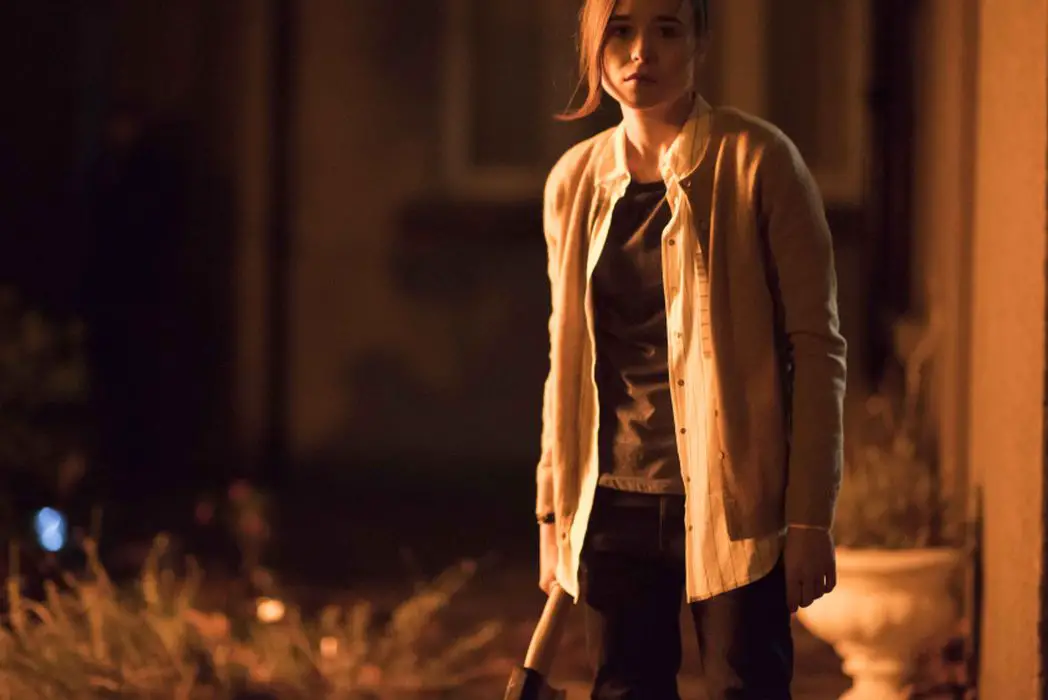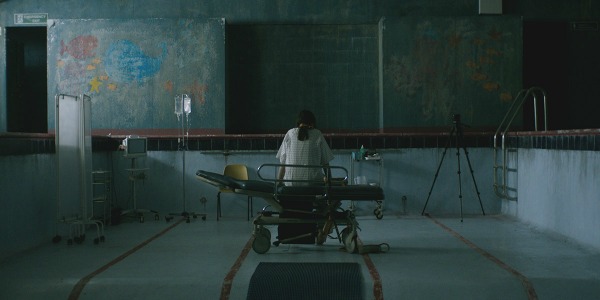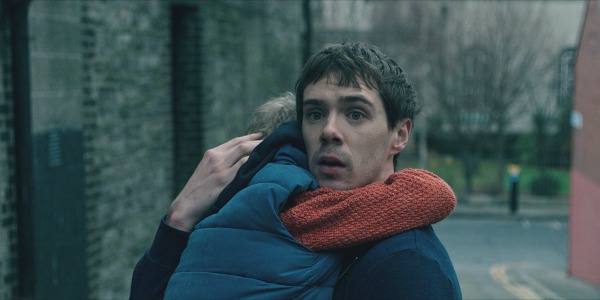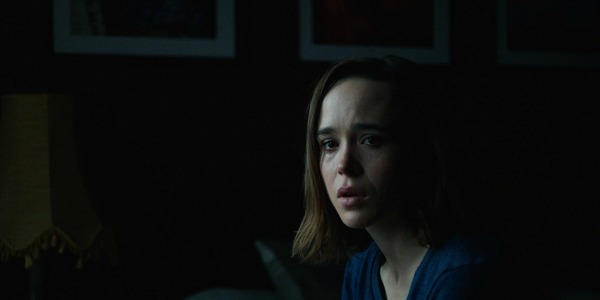THE CURED: A Smart Reinvention Of The Zombie Horror Subgenre

Alex Arabian is a freelance film journalist and filmmaker. His…
Director David Freyne will no longer be a no name of cinema after his incredible feature film debut, The Cured. For such a saturated subgenre, it’s difficult to believe that there can still be fresh entries into the zombie cinematic canon, let alone ones that reinvent the wheel entirely. Similar to Manuel Carballo’s 2013 sleeper hit, The Returned, and as the title suggests, The Cured imagines a world where medical advancement and scientific innovation have found a cure to a virus virtually akin to a zombie epidemic. However, unlike The Returned, the outbreak doesn’t occur worldwide, only in Ireland, the cure is permanent, not temporary, 25% of the population in Ireland are immune to the cure, and the cured remember everything that they did while they were infected.
The Cured is as much a political thriller as it is a horror film, and it’s as tragic as it is scary. The film is certainly inspired, aesthetically and thematically, by 28 Days Later, but that doesn’t take away from its originality or impact. In Freyne’s world, the government reintegrates the cured back into society, however, they’re treated like second-class citizens, and kept under a close watch by the military. Most of their families won’t take them back, and society won’t accept them because they are viewed as monsters, having perceived as being under some form of control when they were infected, since they remember the carnage that they inflicted upon other people.
Freyne’s vision is succinct, his direction sure-handed, the cinematography haunting, and Ellen Page, Sam Keeley, and Tom Vaughan-Lawlor give a trio of superb performances.
The Cured Alliance And The IRA
In The Cured, the only hope for the 25% lies in Jo Landecker (Hilda Fay), one of the still-infected that the doctor who found the cure is desperately trying to save. When it appears that time is running out, the government prepares to eliminate the 25% that are immune to the cure in order to prevent another outbreak. When a small group of the cured find out about this, they suspect that the government won’t stop at the 25%. They think that the government will go after every person who was ever infected.
When the cured were infected, they traveled in packs, and communicated without words, by means more complex than the government and military can comprehend. Conor (Vaughan-Lawlor) was the alpha of the pack. When the infected are brought back to humanity, Conor remains the cured’s leader and spokesperson.

When the cured suspect that their basic human and civil rights (and lives, potentially) are in jeopardy, Conor leads a rebellion which he names The Cured Alliance. This group, which practices political violence in order to get their voices heard and try to gain independence from a government that no longer cares about their rights, serves as a clever present-day allegory to the IRA (Irish Republican Army).
The IRA refers to various paramilitary movements in Ireland of the 20th and 21st centuries fighting for Irish independence from British rule. In The Cured’s case, the current Irish government represents British rule, and The Cured Alliance represent Irish republicanism. In both instances, the groups use terrorist tactics to take out strategic physical and political targets to achieve their goals.
Finding Redemption After Loss Of Humanity
Senan (Keeley) is one of the members of the cured who would rather forget his time as an infected person. He holds a dark secret that he must keep from his sister-in-law, Abbie (Page), who takes him back in after he fully recovers, in order for both of them to mutually heal and form a familial bond again. Unfortunately, Conor makes this difficult for both Abbie and Senan.
Senan is haunted by what he’s done, the terrible secret he’s hiding from Abbie, and ridden with guilt. It’s very similar to how somebody who has served hard time for a serious crime would have learn to accept what they’ve done and reintegrate back into society. Indeed, that’s partly how Keeley prepared for his role in The Cured. He explained during our interview:

“I know that eating people is probably the worst thing in the world you could possibly do, but I tried to look into people who have been institutionalized, be it prison or otherwise, for various different crimes like murderers and sex offenders and people who go through assistance and then get out and possibly get integrated back into society. So, I did a lot of reading about people like that and watched their interviews, so, that was dark and horrible and not very nice. But I think it was necessary to understand the psyche of somebody who is so ridden with guilt but has to kind of get on with their life.”
However, what if some of the cured don’t want to be human again? What if they enjoyed the freedom and power that the infection gave them. That is precisely how Conor feels.
A Technical Wonder
Freyne based The Cured on a short that he made in 2014 titled The First Wave. That film starred Jane McGrath, who acted as a consultant on this film for all of the zombie movements and interactions. Since they are essentially pack “animals,” the infected need to move in unison in a very particular way. It’s extremely unsettling in The Cured when the audience witnesses the infected interact. McGrath would hold workshops with all of the actors and extra in order to perfect the movement. Keeley said of McGrath:
“She’s like Ireland’s answer to Andy Serkis. She’s incredible. She’s amazing with movement, and she eventually created all of the cured’s breathing, the way they moved, the way they smelled and all of that stuff.”

First-time composers Rory Friers and Niall Kennedy concoct a pitch-perfect score in The Cured. In the first act, there is hardly any music as Senan adjusts to his new life. It’s eerily quiet. Freyne lets the silence fill each drawn-out scene, and Friers and Kennedy understand his vision. As tension builds, the score’s intensity subtly elevates.
Cinematographer Piers McGrail likes to keep a muted color palette in his films, and with The Cured, it’s no different. The horror DP adds a feel of doom and gloom in every frame. The fact that it was filmed in Dublin, a relatively overcast city, adds to the mood of dread throughout The Cured.
Conclusion: Welcome To The Big Leagues, David Freyne
Freyne’s The Cured is one of the more impressive debuts to have come out in a long time, particularly since it is a horror film, and especially since it is in such a prestigious niche subgenre of horror. Zombie films can so easily be trash, B-movie schlock, or recycled, redundant material; there are so many of them that have come out in the last 60 years. Surprisingly, Freyne avoids most of the common gimmicks often repeated in the subgenre and subverts several tropes.
The Cured is a fantastic zombie film with intelligent writing, precision direction, top-tier acting, and sincere sociopolitical themes and parallels that are essential in elevating horror films to something greater than just scares and gore.
Did you expect such a nuanced horror film in The Cured? Are you excited to see more from Freyne?
The Cured is released theatrically and on digital streaming platforms on February 23, 2018 in the US. For more information about its release, click here.
Does content like this matter to you?
Become a Member and support film journalism. Unlock access to all of Film Inquiry`s great articles. Join a community of like-minded readers who are passionate about cinema - get access to our private members Network, give back to independent filmmakers, and more.
Alex Arabian is a freelance film journalist and filmmaker. His work has been featured in the San Francisco Examiner, The Playlist, Awards Circuit, and Pop Matters. His favorite film is Edward Scissorhands. Check out more of his work on makingacinephile.com!













